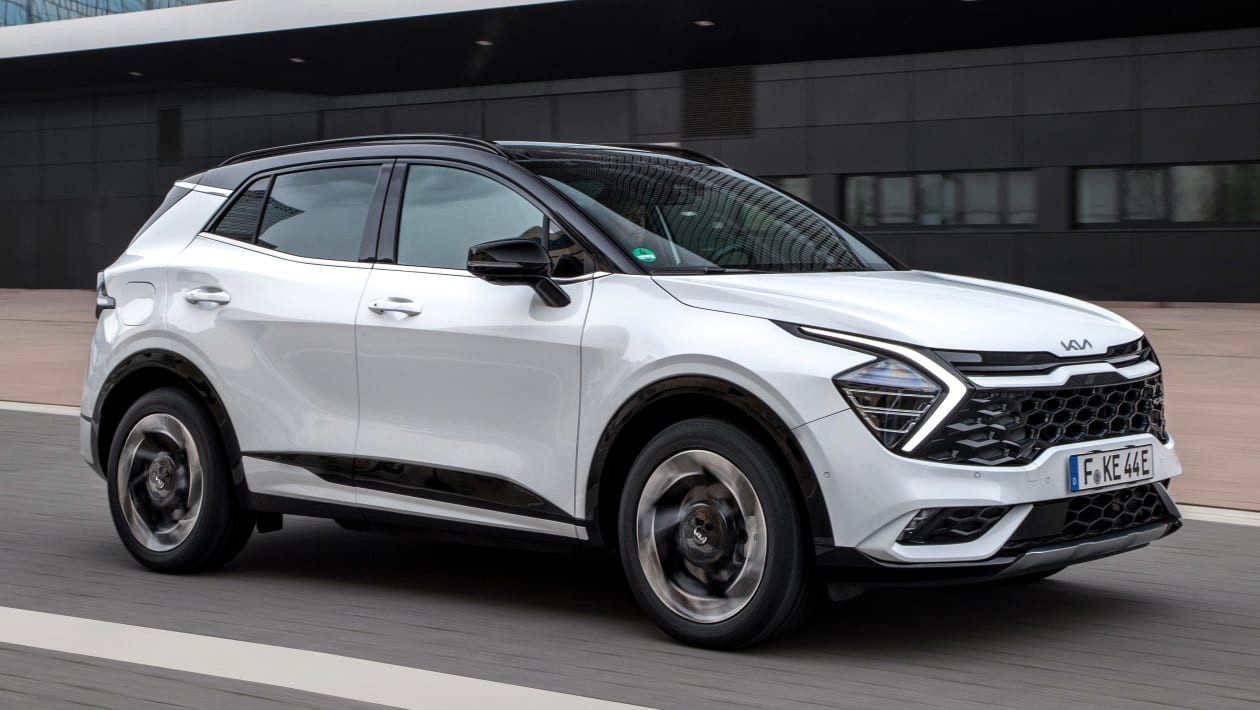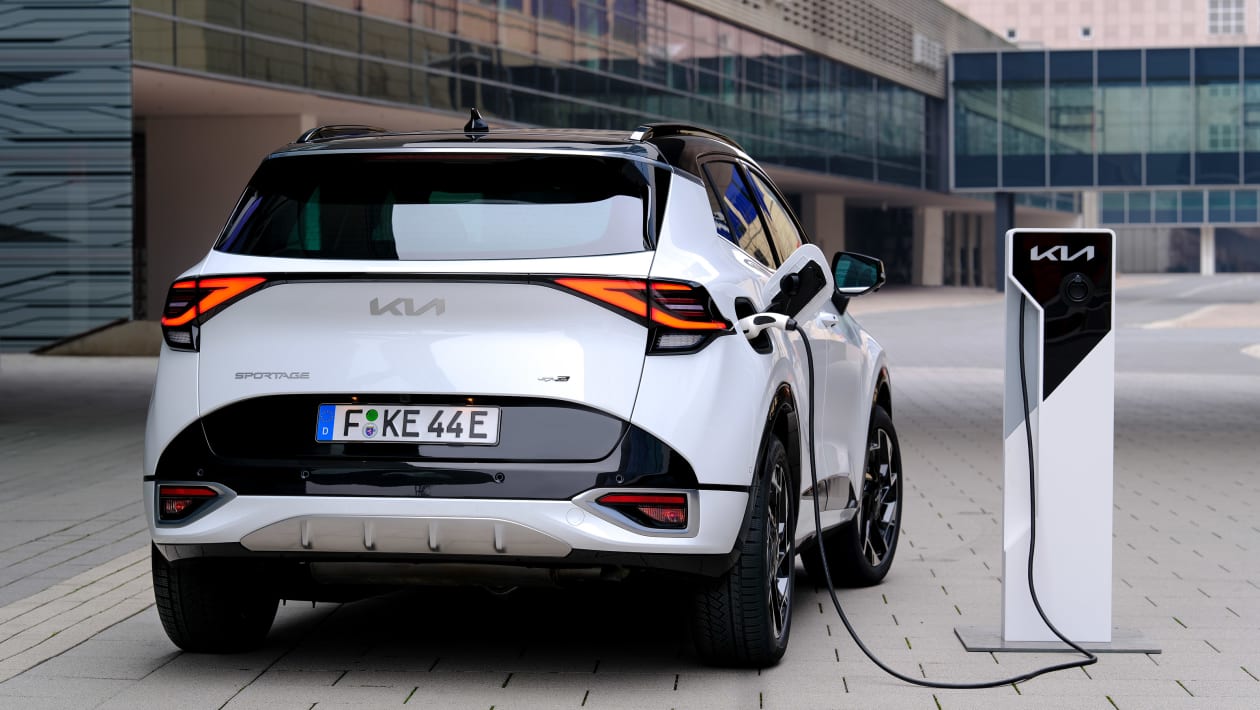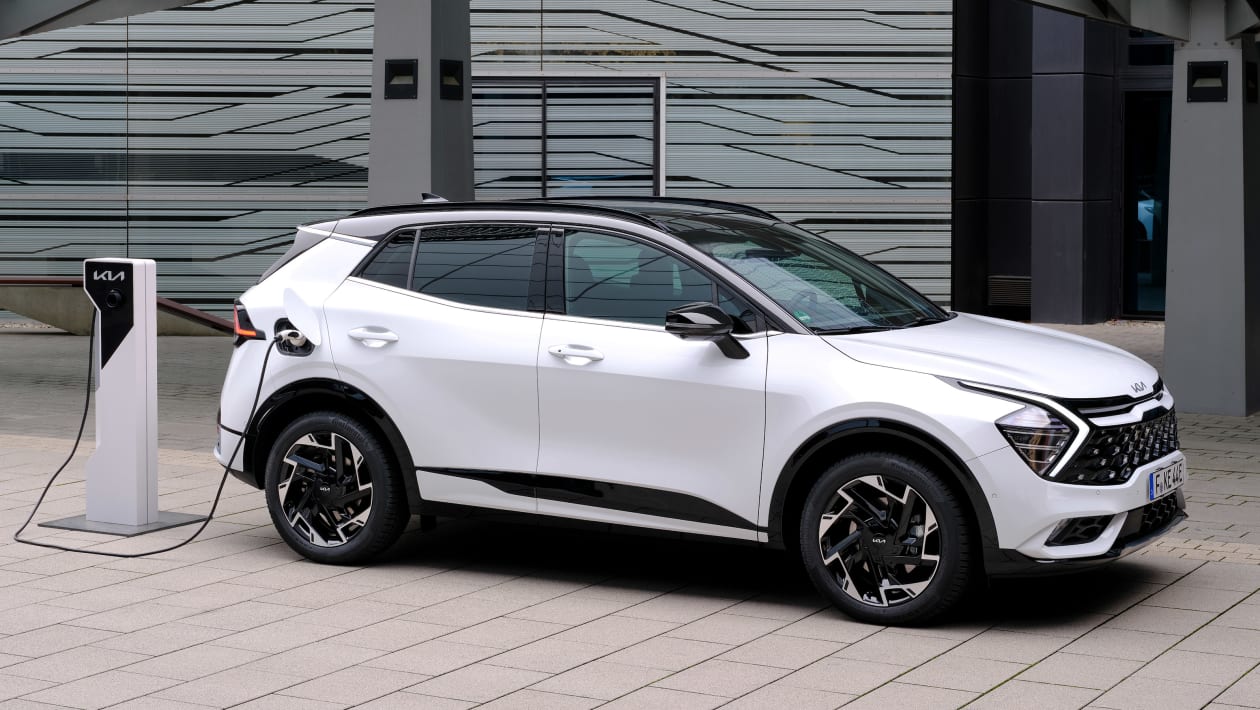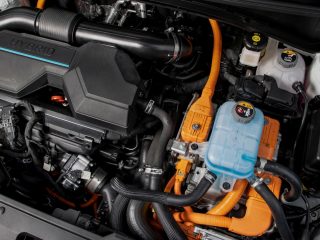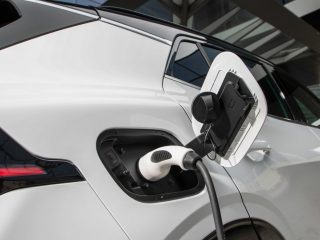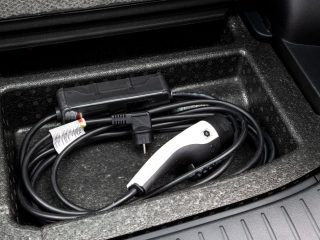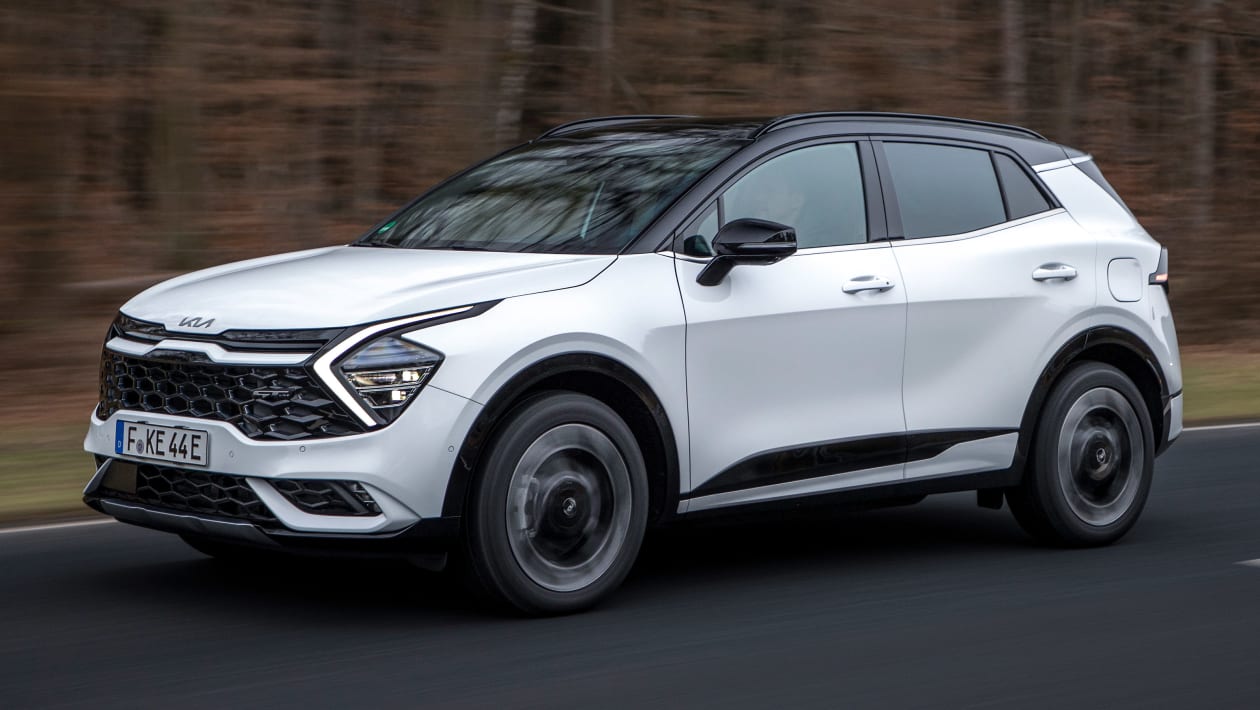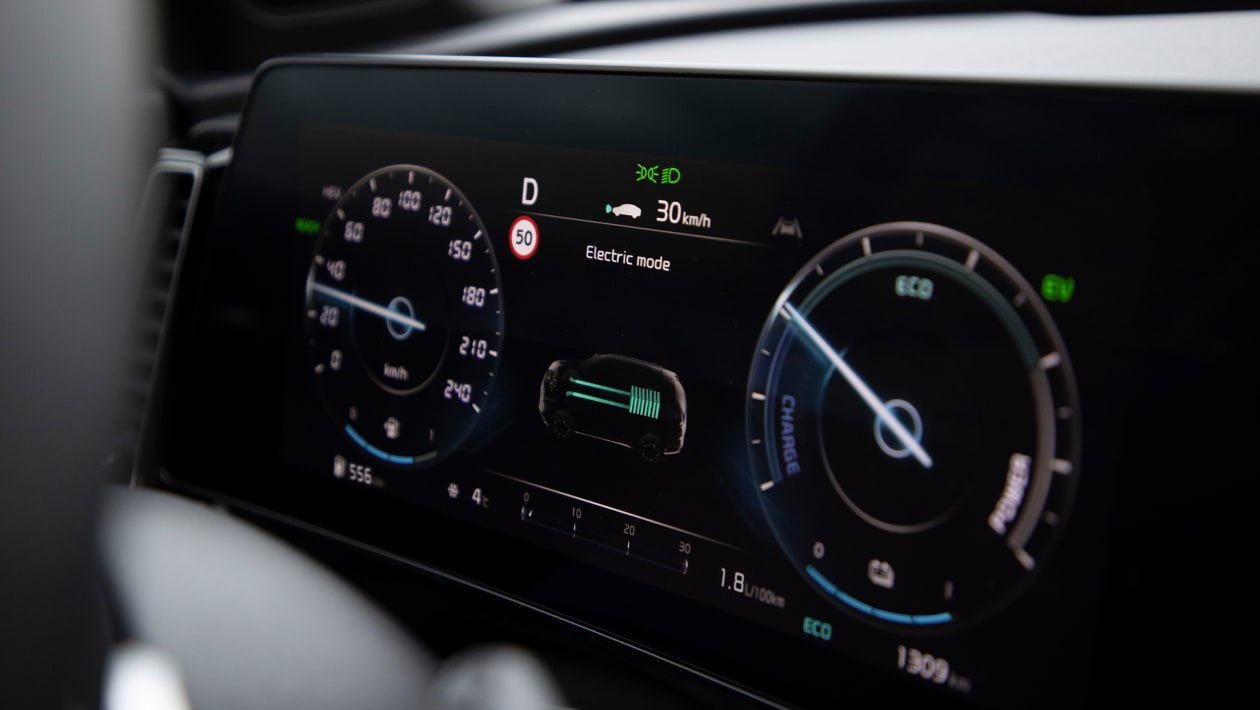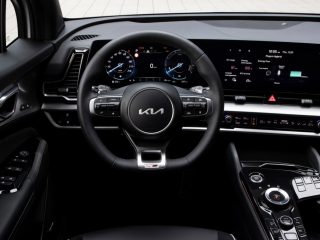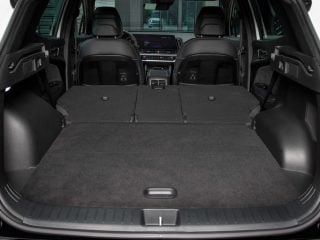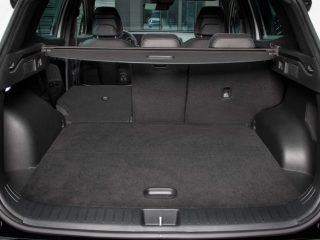The new plug-in hybrid version of the Kia Sportage SUV shows plenty of promise.
The Sportage is arguably the vehicle that signalled Kia’s emergence as a fully credible alternative to everyone from Toyota and Mazda to VW. And you certainly can’t accuse the Korean manufacturer of dealing out half measures when it comes to the latest, fifth generation of its family SUV.
While Kia offers only traditional petrol and diesel combustion versions of the Sportage in Australia for now, it is considering hybrid options. A traditional parallel hybrid that would operate similarly to the Toyota Rav4 and Subaru Forester is an option, and so is this plug-in electric, which brings more electric range like the larger Sorento. Both are produced in left and right-hand drive and with a very early opportunity to drive the plug-in hybrid in Europe, we thought we’d see how it stacks up. Of note, we’re driving the short wheelbase version and Australia gets the long-wheelbase, however, this PHEV drivetrain will be available in both bodies.
This is the first time the Sportage has offered a full PHEV, and the tech looks promising enough on paper. Kia’s familiar 1.6-litre turbocharged petrol engine is at the heart of the set-up, but here there’s also a single electric motor delivering 67kW and 304Nm of its own, and a 13.8kWh battery. The total combined output is 195kW and 350Nm – enough to take this 1.9-tonne SUV from 0-100km/h in a claimed 8.2 seconds.
Performance looks respectable for a car weighing just under two tonnes, with 0-100km/h taking a claimed 8.2 seconds and a top speed of 200km/h. More importantly, Kia is quoting a WLTP combined all-electric range of 70 kilometres, and 77km if you’re driving around town – numbers that should be plenty for a week of school runs or commutes, in many cases.
Interestingly, that EV-only range also gives the Kia a slight edge over its sister model from Hyundai, the Tucson PHEV (we’ve also reviewed), which manages slightly fewer kays (61km).
The plug-in hybrid slots into the range like all other Sportages, and overseas it’s available in most of the same trim levels as the conventionally powered version. It’s also being offered with only a six-speed automatic transmission and all-wheel-drive.
On the road, the plug-in Sportage feels remarkably similar to the less complex versions. Our test car was fitted with adaptive suspension that had decent low-speed compliance, mixed with a slightly firmer edge when running at higher speeds over potholes. The steering is pleasingly direct and body roll is well contained; of course, most Kia models are given a local adjustment for Australian conditions.
The most important element of this early test, really, was how well the Sportage can manage the transition between pure-electric and combustion-engined power – and the good news is that the implementation is very slick indeed. It’s barely perceptible at all, in fact; you’re far more likely to notice the jump of the needle on the digital rev counter than you are any actual judder or noise from under the bonnet.
Should you feel the need to work the Sportage harder, you’ll find that the engine does become more audible once it’s taken above 3000rpm. But while we wouldn’t call the four-cylinder drone particularly characterful, it stops short of becoming properly thrashy. And in any case, the electric motor does a good job of filling in gaps in torque when you’re pulling away, so this never feels like a car you need to hustle.
It’s hard to give a certification on the claimed 70km of pure-electric range but over a two-hour journey, and with temperatures north of Oslo hovering around zero degrees, the Sportage still had two thirds of its battery capacity remaining and was returning around 7L/100km. It has the makings of an efficient everyday tool, in other words.
Inside, there’s precious little to reveal that you’re in the plug-in version of the car, beyond the switch on the centre console that allows you to cycle between the different hybrid modes. The twin screens are as crisp and easy to use as they are on more conventional Sportages, and the centre panel control in the dashboard (which can flick between either heating and ventilation, or infotainment) is a little fiddly – though still preferable, we suspect, to either control being buried in the infotainment menus.
We’ve few complaints on quality either, with only a couple of harder plastic surfaces present on what is a neat, well-finished cabin.
As is so often the case on plug-in hybrids, though, there is a price to pay on boot space. The Sportage PHEV’s load bay is 47 litres smaller at 540 litres – but that’s still a very decent capacity for a family SUV, and the boot itself is a practical shape. The total space can be increased to 1715 litres by lowering the second row of seats.
We’ll need to try a full production Sportage PHEV on regular rubber before we can deliver a full verdict, but there’s plenty of promise here if it ever becomes available for Australia.
| Model: | Kia Sportage Plug-in Hybrid |
| Price: | NA |
| Engine: | 1.6-litre 4cyl turbo petrol, 1x e-motor |
| System power/torque: | 195kW/350Nm |
| Transmission: | Six-speed automatic, all-wheel drive |
| 0-100km/h: | 8.2 seconds |
| Top speed: | 200km/h |
| Economy: | 1.1L/100km |
| CO2 emissions: | 25g/km |
| Pure-EV range: | 70km |
| On sale: | NA (Australia) |




